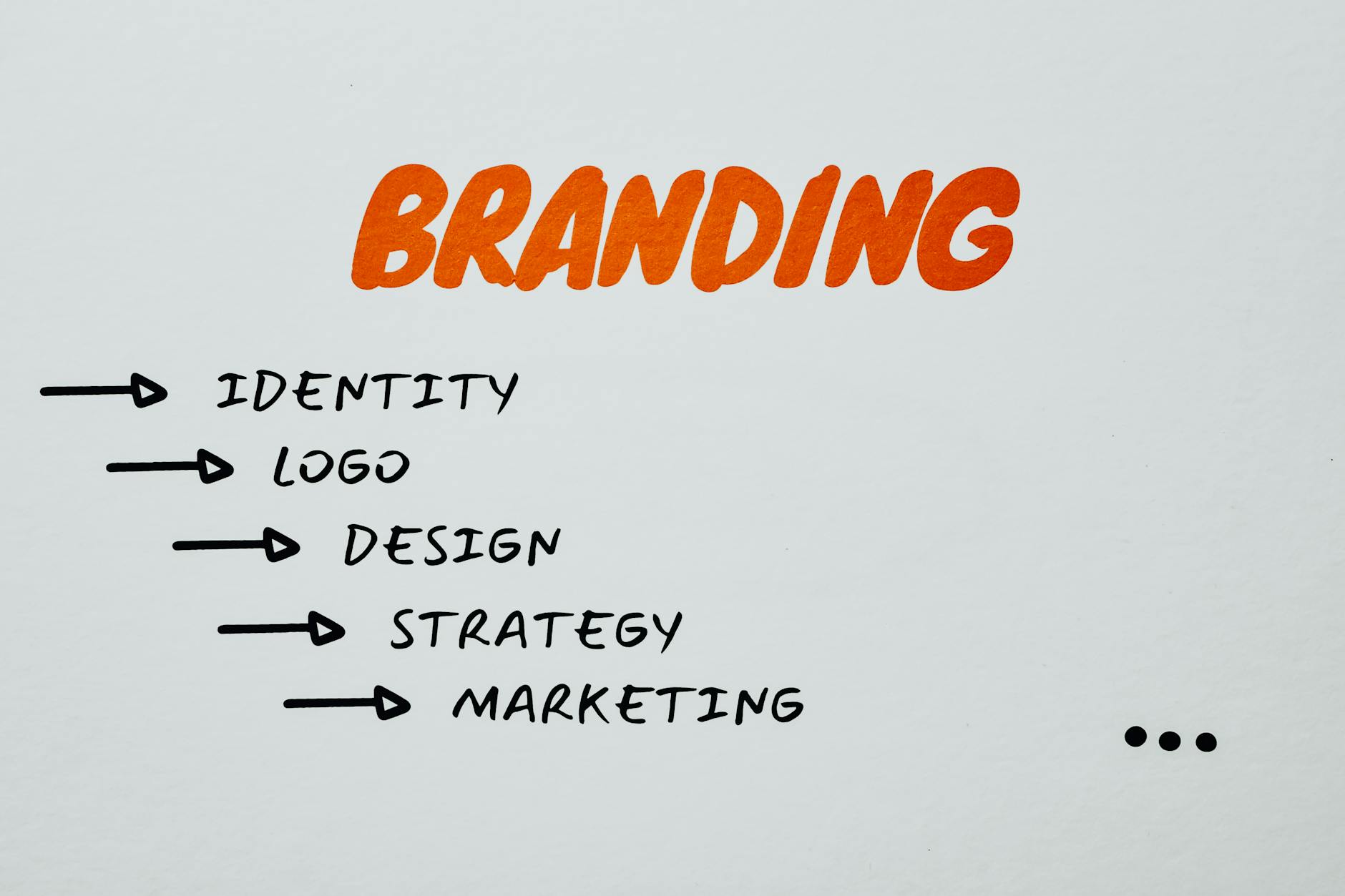The Complete Guide to Creating Your First Landing Page (LP)
A landing page (LP) is a critical marketing tool designed to promote specific services or products and encourage user action. If you’re a beginner wondering, “How do I start?” or “What should I do first?” this guide will walk you through the step-by-step process of building an LP from scratch.
Who Is This Guide For?
- First-Time LP Creators
Clear explanations for those with no prior web development or marketing experience. - Small Business Owners or Entrepreneurs
Individuals looking to promote their products or services online effectively. - Designers and Developers
Professionals creating impactful LPs for clients.
1. What Is an LP? Understanding the Basics
The Role of an LP
An LP is a single-page website designed to achieve a specific goal (e.g., purchase, sign-up, or request for information). Typically linked from ads or emails, LPs have the following key features:
- Directs users toward a single action without distractions.
- Uses minimal information with maximum persuasive impact.
The Goal of an LP
Start by clearly defining your LP’s goal:
- Product purchase
- Free trial sign-up
- Information request
- Event registration
Example
For a product “XYZ Diet Supplement,” the LP goal could be:
- Goal: Prompt users to click the “Buy Now” button and proceed to checkout.
2. The Overall Process of Creating an LP
Step 1. Define Your Purpose
-
Identify Your Target Audience
Outline specifics like gender, age, occupation, concerns, and needs.- Example: Women in their 30s, health-conscious, short on time but want an easy way to lose weight.
-
Pinpoint User Challenges
Clearly articulate how your product or service solves these challenges.- Example: “Helps you lose weight with just one dose per day, even on a busy schedule.”
Step 2. Design the LP Structure
Effective LPs typically include the following elements:
-
First View (Hero Section)
The first section users see should make a strong impression:- Bold headline
- Engaging visuals
- Prominent CTA (Call to Action)
-
Product or Service Introduction
Highlight features, benefits, and specific use cases. -
Customer Testimonials
Build trust by showcasing real customer experiences. -
FAQ (Frequently Asked Questions)
Address potential objections or concerns. -
Final CTA Placement
Include a compelling CTA at the bottom of the page.
3. Details and Examples of Each Section
1. Crafting the First View
The first view sets the tone for the entire page.
Tips:
-
Compelling Headline
Short, clear, and value-driven.- Example: “Busy Women Rejoice! Achieve a Slim Body with Just One Habit.”
-
Engaging Visuals
Include product images or relatable visuals (e.g., a smiling woman after weight loss). -
Clear CTA
Include a button that prompts the next action.- Example: “Try Now” or “Register for Free.”
2. Introducing the Product or Service
Clearly explain your product or service’s appeal.
Structure Example:
-
Features and Benefits
Explain specific effects, like “XYZ ingredient burns fat!” -
Suggested Use Cases
Help users envision incorporating the product into their lives.- Example: “Simply drink it with your morning coffee!”
-
Trust Through Numbers
Use statistics to back up claims.- Example: “99% of users saw results within three weeks!”
3. Customer Testimonials
Testimonials are crucial for building trust and encouraging action.
- Include photos and reviews from actual users.
- Consider video testimonials or star ratings for added impact.
- Example: “I lost 2 kg in 3 weeks! I’m genuinely amazed.” (Female, 30s)
4. FAQ (Frequently Asked Questions)
Remove barriers to action by addressing common concerns.
- Address pricing, cancellation policies, etc.
- Example:
Q: Can I cancel after the first purchase?
A: Yes, you can cancel anytime via phone or email.
- Example:
5. Enhancing Your CTA
Your CTA is the most critical element to drive user action.
- Use eye-catching colors (e.g., red or orange).
- Clearly state the next step.
- Example: “Start Today!” or “Experience It for Free!”
4. Design and Technical Tips for LPs
Colors and Fonts
- Colors: Match the tone of your target audience with simple, readable color schemes.
- Example: Health products → green and blue.
- Fonts: Use large, easy-to-read fonts.
Responsive Design
- Optimize for mobile viewing.
- Ensure CTA buttons are easy to locate on smaller screens.
Page Speed Optimization
- Compress images.
- Remove unnecessary scripts or plugins.
5. Post-Publication Improvement Tips
Data Analysis
- Use tools like Google Analytics or heatmaps to analyze user behavior.
- Example: Identify high-exit areas of your page.
A/B Testing
- Experiment with different designs or copy to find the most effective version.
Continuous Improvement
- Incorporate user feedback.
- Research competitors and trends to stay updated.
Conclusion
LPs are powerful tools to solve user challenges and drive specific actions. By following this guide, beginners can create effective LPs that achieve their goals. Clearly define your purpose, continuously refine your approach, and maximize your results!
